LensCrafters 2013 Annual Report Download - page 45
Download and view the complete annual report
Please find page 45 of the 2013 LensCrafters annual report below. You can navigate through the pages in the report by either clicking on the pages listed below, or by using the keyword search tool below to find specific information within the annual report.-
 1
1 -
 2
2 -
 3
3 -
 4
4 -
 5
5 -
 6
6 -
 7
7 -
 8
8 -
 9
9 -
 10
10 -
 11
11 -
 12
12 -
 13
13 -
 14
14 -
 15
15 -
 16
16 -
 17
17 -
 18
18 -
 19
19 -
 20
20 -
 21
21 -
 22
22 -
 23
23 -
 24
24 -
 25
25 -
 26
26 -
 27
27 -
 28
28 -
 29
29 -
 30
30 -
 31
31 -
 32
32 -
 33
33 -
 34
34 -
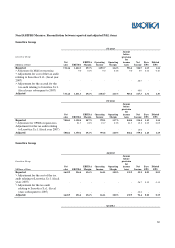 35
35 -
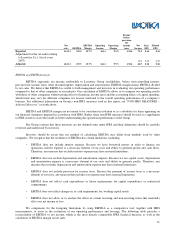 36
36 -
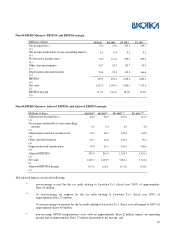 37
37 -
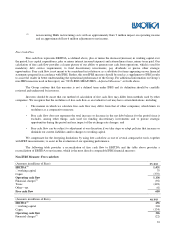 38
38 -
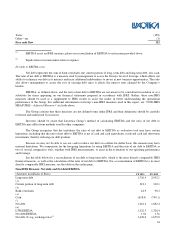 39
39 -
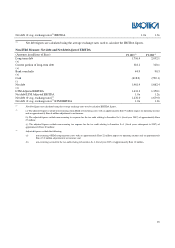 40
40 -
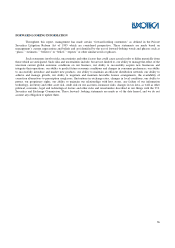 41
41 -
 42
42 -
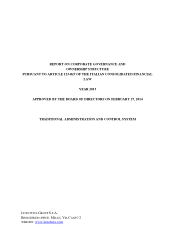 43
43 -
 44
44 -
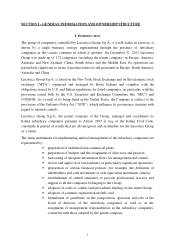 45
45 -
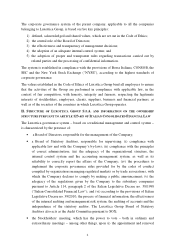 46
46 -
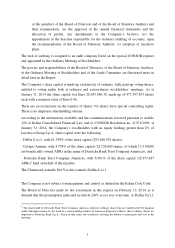 47
47 -
 48
48 -
 49
49 -
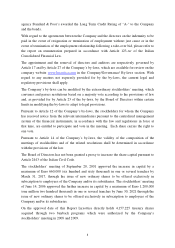 50
50 -
 51
51 -
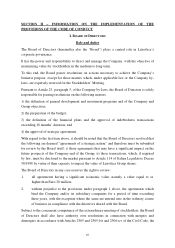 52
52 -
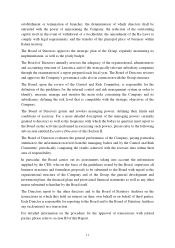 53
53 -
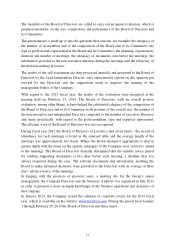 54
54 -
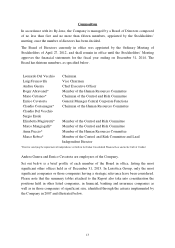 55
55 -
 56
56 -
 57
57 -
 58
58 -
 59
59 -
 60
60 -
 61
61 -
 62
62 -
 63
63 -
 64
64 -
 65
65 -
 66
66 -
 67
67 -
 68
68 -
 69
69 -
 70
70 -
 71
71 -
 72
72 -
 73
73 -
 74
74 -
 75
75 -
 76
76 -
 77
77 -
 78
78 -
 79
79 -
 80
80 -
 81
81 -
 82
82 -
 83
83 -
 84
84 -
 85
85 -
 86
86 -
 87
87 -
 88
88 -
 89
89 -
 90
90 -
 91
91 -
 92
92 -
 93
93 -
 94
94 -
 95
95 -
 96
96 -
 97
97 -
 98
98 -
 99
99 -
 100
100 -
 101
101 -
 102
102 -
 103
103 -
 104
104 -
 105
105 -
 106
106 -
 107
107 -
 108
108 -
 109
109 -
 110
110 -
 111
111 -
 112
112 -
 113
113 -
 114
114 -
 115
115 -
 116
116 -
 117
117 -
 118
118 -
 119
119 -
 120
120 -
 121
121 -
 122
122 -
 123
123 -
 124
124 -
 125
125 -
 126
126 -
 127
127 -
 128
128 -
 129
129 -
 130
130 -
 131
131 -
 132
132 -
 133
133 -
 134
134 -
 135
135 -
 136
136 -
 137
137 -
 138
138 -
 139
139 -
 140
140 -
 141
141 -
 142
142 -
 143
143 -
 144
144 -
 145
145 -
 146
146 -
 147
147 -
 148
148 -
 149
149 -
 150
150 -
 151
151 -
 152
152 -
 153
153 -
 154
154 -
 155
155 -
 156
156 -
 157
157 -
 158
158 -
 159
159 -
 160
160 -
 161
161 -
 162
162 -
 163
163 -
 164
164 -
 165
165 -
 166
166 -
 167
167 -
 168
168 -
 169
169 -
 170
170 -
 171
171 -
 172
172 -
 173
173 -
 174
174 -
 175
175 -
 176
176 -
 177
177 -
 178
178 -
 179
179 -
 180
180 -
 181
181 -
 182
182 -
 183
183 -
 184
184 -
 185
185 -
 186
186 -
 187
187 -
 188
188 -
 189
189 -
 190
190 -
 191
191 -
 192
192 -
 193
193 -
 194
194 -
 195
195 -
 196
196 -
 197
197 -
 198
198 -
 199
199 -
 200
200 -
 201
201 -
 202
202 -
 203
203 -
 204
204 -
 205
205 -
 206
206 -
 207
207 -
 208
208 -
 209
209 -
 210
210 -
 211
211 -
 212
212 -
 213
213 -
 214
214 -
 215
215 -
 216
216 -
 217
217 -
 218
218 -
 219
219 -
 220
220 -
 221
221 -
 222
222 -
 223
223 -
 224
224 -
 225
225 -
 226
226 -
 227
227 -
 228
228 -
 229
229 -
 230
230 -
 231
231 -
 232
232 -
 233
233 -
 234
234 -
 235
235 -
 236
236 -
 237
237 -
 238
238 -
 239
239 -
 240
240 -
 241
241 -
 242
242 -
 243
243 -
 244
244 -
 245
245 -
 246
246 -
 247
247 -
 248
248 -
 249
249 -
 250
250 -
 251
251 -
 252
252 -
 253
253
 |
 |

3
SECTION
I
–
GENERAL
INFORMATION
AND
OWNERSHIP
STRUCTURE
I.
I
NTRODUCTION
The group of companies controlled by Luxottica Group S.p.A., a world leader in eyewear, is
driven by a single business strategy implemented through the presence of subsidiary
companies in the various countries in which it operates. On December 31, 2013 Luxottica
Group was made up of 172 companies (including the parent company) in Europe, America,
Australia and New Zealand, China, South Africa and the Middle East. Its operations are
particularly significant in terms of product turnover and personnel in Europe, North America,
Australia and China.
Luxottica Group S.p.A. is listed on the New York Stock Exchange and on the telematic stock
exchange (“MTA”) organized and managed by Borsa Italiana and complies with the
obligations issued by U.S. and Italian regulations for listed companies, in particular, with the
provisions issued both by the U.S. Securities and Exchange Committee (the “SEC”) and
CONSOB. As a result of its being listed in the United States, the Company is subject to the
provisions of the Sarbanes-Oxley Act (“SOX”), which influence its governance structure with
regard to internal controls.
Luxottica Group S.p.A., the parent company of the Group, manages and coordinates its
Italian subsidiary companies pursuant to Article 2497 et seq. of the Italian Civil Code,
constantly in pursuit of results that are advantageous and sustainable for the Luxottica Group
as a whole.
The main instruments for implementing unified management of the subsidiary companies are
represented by:
• preparation of industrial and commercial plans;
• preparation of budgets and the assignment of objectives and projects;
• forecasting of adequate information flows for management and control;
• review and approval of extraordinary or particularly significant operations;
• preparation of certain financial policies (for example, the definition of
indebtedness and cash investment or cash equivalent investment criteria);
• establishment of central structures to provide professional services and
support to all the companies belonging to the Group;
• adoption of codes of conduct and procedures binding for the entire Group;
• adoption of common organization models; and
• formulation of guidelines on the composition, operation and role of the
board of directors of the subsidiary companies as well as on the
assignment of management responsibilities in the subsidiary companies,
consistent with those adopted by the parent company.
